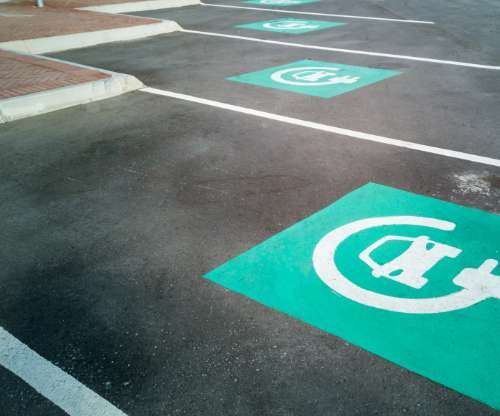BMW Manufacturing Introducing Hydrogen Fuel Cell Material Handling Equipment
Green Car Congress
OCTOBER 11, 2010
Fuel cells provide continuous power with no loss of power as the tank nears empty as opposed to battery-powered equipment that run slower as the battery nears empty. On average, it takes about 20 minutes to re-fuel a depleted battery.
















Let's personalize your content